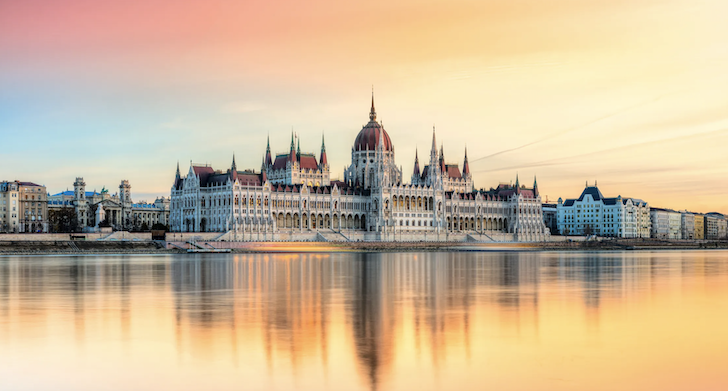Budapest, often considered Central Europe’s greatest city, stands out for its captivating blend of architectural styles and vibrant culture. Unlike its charming counterparts Prague and Vienna, Budapest’s seamless fusion of Gothic, Romanesque, and Art Nouveau architecture creates a unique visual harmony that dances across the Danube River.
The Danube is undoubtedly at its most majestic in Budapest. From the early morning sun casting golden hues over the city to the twilight hours when the city lights shimmer on the water’s surface, the Danube is not merely a river but a lifeline that defines Budapest. The Chain Bridge’s elegant lampposts and iconic landmarks like the Hungarian Parliament and Buda Castle contribute to the city’s architectural brilliance.
But Budapest’s allure extends far beyond the riverbanks. Its ornate thermal baths, such as Széchenyi and Gellért, provide opulent relaxation unparalleled in Central Europe. The vibrant Jewish Quarter, exquisite local cuisine, and illustrious hotels like the Gresham Palace add to the city’s rich cultural fabric.
Unique attractions like Line 1 of Budapest’s metro system, the first underground railway in mainland Europe, and the Gerbaud coffee house, are just part of the historic elegance that defines the city. The metro’s architectural splendor unfolds at every stop, taking passengers on a journey through the city’s grandest avenue, Andrássy út.
New additions to the city include the Ethnographic Museum and the Hungarian House of Music, both in City Park. The Ethnographic Museum beautifully showcases the cultural heritage of the region and features a sensational roof garden, while the Hungarian House of Music, with its sleek design, provides a platform for showcasing the rich musical heritage of Hungary and Central Europe.
Despite objections over their cost and environmental impact, these new buildings enhance Budapest’s attraction, offering inspiring vistas and serving as reminders of the delicate balance between progress and preservation.
Budapest’s blend of historical significance, architectural mastery, and vibrant cultural scene sets it apart, making it a true jewel of Central Europe. Whether it’s the unbreakable bond between Buda and Pest united by the Danube, the world-renowned duck, Mangalica pig, or the innovative contemporary cuisine, Budapest continues to embrace its legacy while looking forward, cementing its status as probably the greatest city in Central Europe.



What do you think?
Show comments / Leave a comment